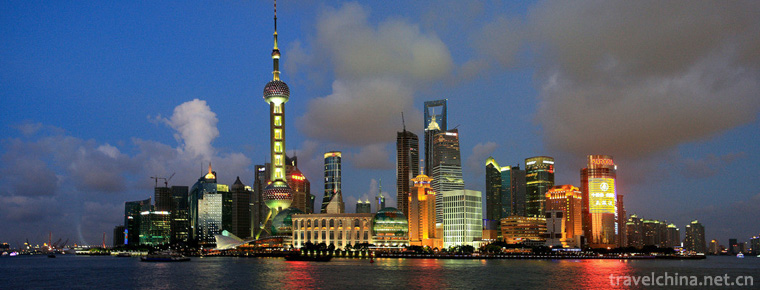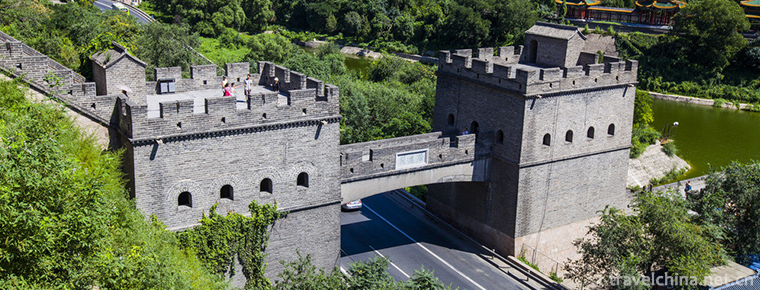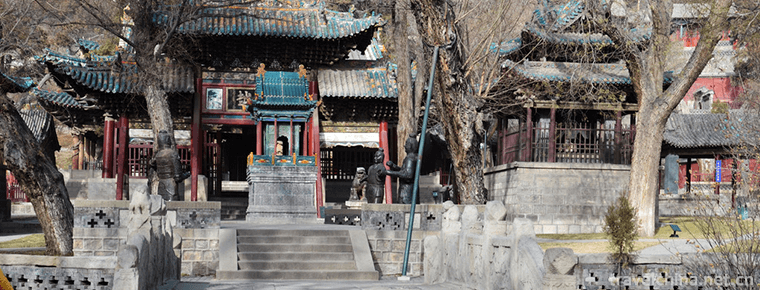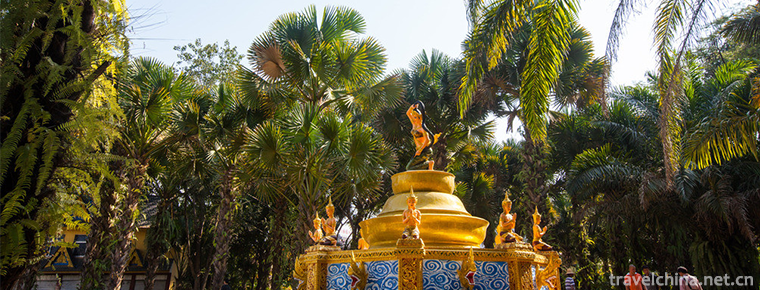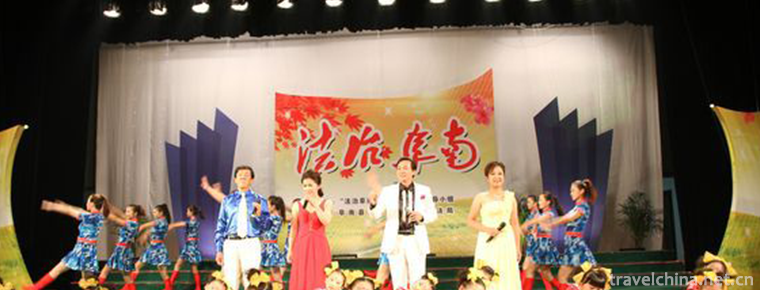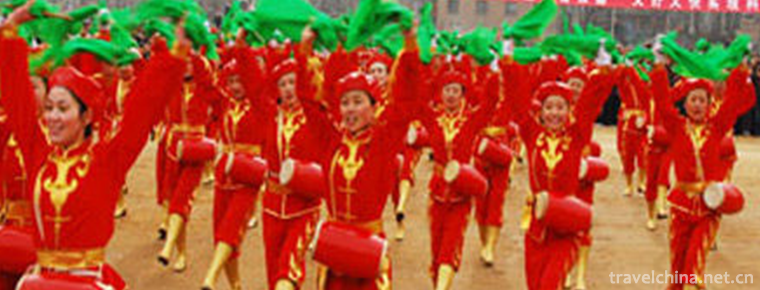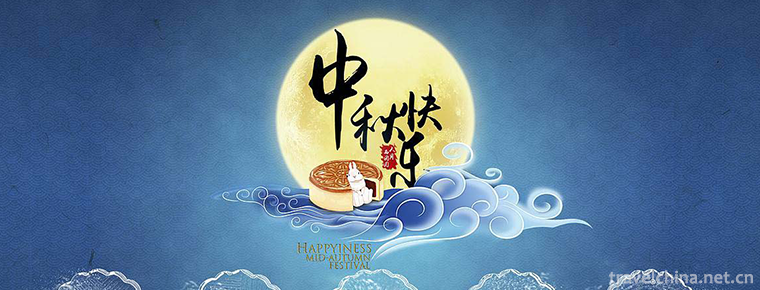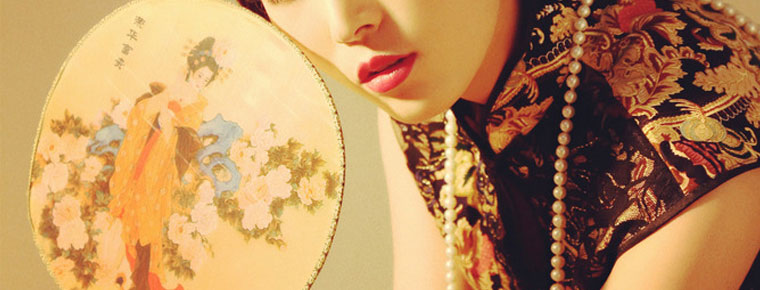Hubei storytelling
Hubei storytelling
The evaluation of books in Hubei Province is a traditional art of rap and singing in Hubei Province. Popular in northern China, as an independent variety of storytelling, it was formed in the early Qing Dynasty. Many sources of information prove that although book reviews are the form of oral speech, their artists are mostly from "singing" to "singing". Legend has it that Wang Hongxing, the first artist in Beijing, was originally a "rapper" who performed a kind of "string Zishu". By the early 20th century, many northern rural performers who performed "Xihe Drum" and "Northeast Drum" had changed their storytelling after they entered the city. This is a very interesting phenomenon in the evolution of Chinese folk art.
Hubei Book Review tells stories in Hubei dialect. Perform by one person, only talk and don't sing, with a piece of wood as props, plot every critical moment, hit the wake-up wood, the audience was shocked. Hubei book reviews are widely distributed in Wuhan, Shashi, Yichang and other cities along the Yangtze River. There are also some artists engaged in performance activities in Jingzhou, Xiaogan, Huanggang, Yichang and other similar areas.
On June 7, 2008, the "Hubei Evaluation" declared by Wuhan City, Hubei Province, was approved by the State Council and listed in the second batch of national intangible cultural heritage list.
historical origin
origin
According to previous artists and referring to the records of Xiakou County Chronicle of Jianjian Zhi in the early years of the Republic of China, in 1635 (eight years of Chongzhen in Ming Dynasty), when Yuan Wei was judged by Hanyang Tong to supervise the construction of the long dike in Xiakou (today's Hankou urban area), Hu Mou, an artist, said books among migrant workers and boatmen, which were very popular. From then on, storytelling opened the door there.
The evaluation of books in Hubei was once well known among the people in Jiangcheng, with a history of about 300 years. However, in recent years, it tends to decline, and there are fears of endangerment. Relevant parties are making efforts to declare Hubei's book reviews as intangible cultural heritage. We invite Mr. Wan Shengding, an old artist, to introduce the origin and development of Hubei's book reviews, and to publish them continuously so as to benefit the readers.
In the old China, the story-telling industry was in the bottom nine ranks of the Goulan tiles. It did not go up to the hall of elegance and had very few written materials. To clarify the historical situation of the book evaluation circle in Wuhan, we must rely on "living materials" in the absence of written materials. When I entered Wuhan in 1950, there were 54 artists in the New Art Book Review Team. Among them, Rong Zongsheng, the founder of the three major schools, Chen Shutang (the master of He Zouhuan), and Jiang Yunqing, the founder of the Jiang School, were still alive. There are also veteran artists such as Tian Hanqing who have more information about word-of-mouth. They were all born in Guangxu period of Qing Dynasty. They had been practicing art for 50 or 60 years, spanning the end of Qing Dynasty and the beginning of Republic of China until liberation. We asked the old artists about their visits to art, and learned a lot about the art process, comment, inheritance, rules, anecdotes, sacrifices and so on, in order to get a clear idea of the origin and development of Hubei Book Review in Wuhan. Ten degrees of cold and summer, buried in cultivation. We initially traced the origin of Wuhan Hubei Book Review back to the Chenghua and Chongzhen Dynasties of the Ming Dynasty.
the Ming dynasty
In the Ming Dynasty, Zuo Liangyubing was stationed in Wuchang, and Liu Jingting, a great storyteller of Jiangnan University, was recruited as his guest to speak in the army. Qian Qianyi's poem "Zuo Ningnan Portrait Song for Liu Jingting" says: "Ningnan is old and sick, but only one bed, Liu Sheng Jingting is good at talking and laughing, the army calls for Liu Ma Zi, shaking his head and drumming his tongue, resting in harmony, and talking about the legacy of Sui and Tang Dynasties. Faithful people in southern Ningxia never leave in an instant. (Volume 6 of Youxue Ji) Ming Dynasty, Liu once said books in Huanghe Tower and other places. Therefore, Southern storytellers respect him as the ancestor of the industry, known as Liu Zu.
According to Jiang Yunqing, the founder of Jiang School's Hubei Book Review and Tian Hanqing, an old artist, Yuan Tongjuan of Hanyang Prefecture in the eighth year of Chongzhen Ming Dynasty (1635), in order to deal with the successive floods in Hankou, after the construction of the lake embankment (now Changdi Street) in the north of Hankou City, a migrant worker surnamed Hu often talked about books for his colleagues in the shed at night. After the completion of the Long Dyke, Hu stayed at the edge of the dyke and talked for a living. It seems that the early amateur storyteller turned to professional storyteller.
According to Fan Kai's Hankou Series Talks, "In the thirteenth year of Jiaqing (1808), Zhou Zaixi said that the wild history of A Dream of Red Mansions is elegant and touching." All three of them are the earliest known storytellers in Hankou.
After the completion of Yuan Gongdi, Hankou City became more and more prosperous. Some semi-agricultural and semi-artists in neighbouring counties entered Hankou in the form of drumming, storytelling and storytelling. The common bibliographies of rap and singing are Wenwu Xiangqiu, Shimei Tu, Yixie Zhuan and Jigong Zhuan (also known as Drunken Bodhi Ti).
In the late Qing Dynasty, drum-beating and story-telling artists Ding Haizhou (Ding Tieban) and Gong Baiting (ghost-beating) performed in Henan Province to Han Dynasty successively. They beat drums, steel sickles and sing in northern languages. They launched a number of large books, such as "Five Girls Xingtang", "Baqiaozhu", "Dahongpao", "Xue Gang Anti-Tang" and so on. Citizens call their performances "playing drums in Beijing tune". When Ding Haizhou and Gong Baiting passed on their art in Han Dynasty, their apprentices were all local people. When they entered the main book circle, they conformed to the requirements of the audience and changed to local language. At the same time, according to their own conditions of speaking better than singing, they simply put down drums and sickles, giving priority to speaking, and thus opened the beginning of Hubei's book review.
the Qing dynasty
There are three developing chains of teachers and apprentices in the evaluation of books in Hubei Province. Yang Yunshan, a disciple of Dinghaizhou; Ren Chunshan, a disciple of Gong Baiting; Liu Weizhou, a disciple of Gu Xuannan. From the late Qing Dynasty to the Republic of China, these three lines were inherited by generations, which not only promoted the development of the evaluation of books in Hubei Province, but also produced many outstanding talents. For example, He Zouhuan, who is now known as an artist of Book Evaluation and performance, is actually the descendant of the fifth generation of Ding Haizhou's direct relatives. Dinghaizhou Chuan Yang Yunshan - Chuan Rong Zongsheng - Chuan Li Shaoting - Chuan He Zouhuan.
Republican China
In the three inheritance chains, there are some unique performers who read and comment on home bibliography, such as Tong Cedar's Water Margin, Wang Duanfu's Yang Jia Jiang, Li Lan-bian's Yue Fei Zhuan and Xia Xiufeng's Seven Chivalrous Five Righteousnesses. At that time, their reputation rose and they were praised by the audience as "Tong, Wang, Li, Xia, the Four Banners of Book Commentary". Later on, Rong Zongsheng said "Five Python Loyalty and Filial Piety Pictures", "Five Old Pictures" by Chen Shutang, Peng Gong Case by Liu Shaowen, Hujia General by Yi Ziwen and Fengshengbang by Xu Peizhi won the title of "Five Tigers in the Book World".
Before liberation
In the practice of high-level artistic creation, three schools of "Rong, Chen and Jiang", represented by Rong Zongsheng, Chen Shutang and Jiang Yunqing, emerged in Wuhan's Hubei Book Criticism. After liberation, there were 54 artists in the New Art Review Team, and 38 disciples belonging to the three major schools. As for the bibliographic and artistic characteristics of these three schools, they are to be followed up.
Hubei's book reviews originated in the Song Dynasty, spread and developed on the land of Wuhan, Shashi, Yichang and other cities along the Yangtze River in Hubei Province. They are good at describing characters in strange and dangerous plots. Some folk artists in Jingzhou, Xiaogan, Huanggang and other areas are also engaged in performing activities. According to the former artists, and referring to the records of Xiakou County Records of Jianzhi in the early years of the Republic of China, in the eight years of Chongzhen in the Ming Dynasty (1635), storytelling opened the door and gradually moved from the anonymous rural wild man to the front desk.
The prosperity and development of Hubei's commentary began in Tongzhi period of Qing Dynasty. In the mid-19th century, Shandong artist Ding Haizhou (Ding Tieban) performed drumming and storytelling from Henan to Han Dynasty. During the Guangxu period, the Westernization School established a large-scale industry in Wuhan and built the Beijing-Han Railway. With the development of the town economy and the rapid increase of the population, there were a large number of audiences for book reviews. At that time, tea houses in three towns of Wuhan were all competing to invite book reviewers to perform. At that time, the famous storytellers in Hankou were Ren Chunshan and Gu Xuannan. Later, they received apprentices and established portals, which gradually expanded their circulation. In the 1920s, some artists of drum-beating storytelling threw down their sickles and hammers and commented on them specially. As a result, commentary and drum-beating diverted into the form of commentary. The pronunciation of their newspapers became Wuhan dialect, and their bibliography of commentary was continuously enriched by the influence of Suzhou commentary and Anhui Huaishu. At that time, Jiang Yunqing, an artist in Wuhan, took Lumingjie, an artist in Sichuan, as his teacher, and changed the book "Sweeping the North of Yan King" of Chuanjiang Lu Zi into "Building a Nation by Walking Horses", which became a local retained bibliography.
Inheritance significance
Although there is no Yangzhou Pingtan and Li Boqing Sanshou Pingtan Pingshu are famous, Hubei Pingshu Pingshu Pingshu is also unique. There is no essential difference with the general commentary, but the accent is different, because the commentary in Hubei refers to telling stories in Hubei dialect, using a piece of wood as props, every critical moment of the plot, hit the wake-up wood, the audience for one. There are a lot of dialects in Hubei, with slightly different accents. However, nowadays, only one of them is Wuhan dialect, which can be seen in the "City Teahouse" program of Wuhan TV.
In the process of development, because "Lu Zi Shu" is self-compiled and self-performed, artists can make full use of their strengths and avoid weaknesses, and play freely, which promotes the formation and development of art schools. Hubei Book Criticism is good at shaping the image of a reckless hero who plays with dignitaries rather than between the palms of his stocks. Each book has one or several important figures of this type. The style of Hubei book reviews is humorous, fluent and gorgeous, and the rhythm and rhythm are often used to describe scenery. It is interesting to use vivid spoken language in narration and dialogue.
Today, the impact of contemporary pop culture on traditional Chinese opera has led to the decline of traditional Chinese opera, including the evaluation of books in Hubei Province, which needs to be developed urgently.
Inheritance and protection
There are many writers and famous writers in Hubei, each school has its own unique skills and representative bibliography, which is the symbol of urbanization promoting the maturity of the art of book evaluation. After the founding of the People's Republic, intellectuals were absorbed to make it a new start. Since 1958, works and actors have been awarded prizes throughout the country, and some of them have been listed as "Ten Famous Chinese Calligraphers".
Tong Cedar, Wang Danpu, Liu Weizhou and Xia Xiufeng, the famous folk artists in the early period of the book evaluation in Hubei Province, were called the "Four Banners" of the book evaluation, while He Yushan, Jiang Chunshan in Tianmen and Xu Zhenshan in Yingcheng were called the "Three Mountains" of the book evaluation. In the 1930s, three schools of thought, Rong Zhongsheng, Chen Shutang and Jiang Yunqing, emerged. Li Shaoting absorbed the merits of the three schools and became a famous book reviewer in Wuhan. Shen Bangshou's book reviews were well received for their ability to create stage effects. He Zouhuan, the chairman of the Provincial Association of Folk Literature and Art Artists and a well-known performance artist of Hubei Book Review, is a master of Li Shaoting. He has learned from all his strengths and raised Hubei Book Review to a new height.
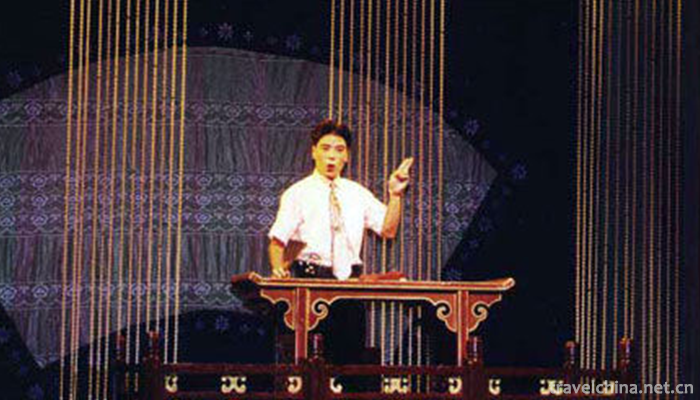

Hubei storytelling
-
Lujiazui
Lujiazui is located on the Huangpu River in Pudong New Area, Shanghai
Views: 198 Time 2018-10-12 -
Juyong Pass of Great Wall of China
Juyongguan Great Wall is a famous ancient city along the Great Wall of Beijing and a national cultural relic protection unit. It is a national AAAA scenic spot assessed by Beijing Tourism Bureau
Views: 202 Time 2018-12-10 -
Ertan National Forest Park
Ertan National Forest Park is located in Yanbian County and Miyi County, the northern suburb of Panzhihua City, Sichuan Province, with a total area of 732.4 square kilometers
Views: 160 Time 2018-12-22 -
Jin Memorial Temple
Jinci Temple is located in Jinci Town, Jinyuan District, Taiyuan City, Shanxi Province. It was originally called Jinwang Temple and was first named Tang Shuyu Temple.
Views: 154 Time 2019-01-29 -
Manting Park
Manyin Park is located in the southeast of Jinghong City, the capital of Xishuangbanna Dai Autonomous Prefecture. It is about 2 kilometers away from the urban area.
Views: 195 Time 2019-02-07 -
Haizi Opera
Hezi Opera is one of the traditional operas in Anhui Province. It was named after the pronunciation of the word "sea". It is popular in some areas of Anhui and Henan
Views: 242 Time 2019-05-03 -
Yicheng Flower Drum
Yicheng Huagu, according to historical records, existed during the Zhenguan period of the Tang Dynasty, reached its peak in the Ming Dynasty, and only in the Qing Dynasty did this activity have a clea
Views: 214 Time 2019-07-13 -
Mid Autumn Festival
Mid-Autumn Festival, also known as Moon Eve, Autumn Festival, Mid-Autumn Festival, August Festival, August Meeting, Moon Pursuit Festival, Playing Moon Festival, Moonworship Festival, Daughter's Festi
Views: 145 Time 2019-08-03 -
Anhui Medical University
Medical University Of Anhui (Anhui Medical University), referred to as "an Medical University", located in the capital of Anhui. Hefei City Yes. Key universities in Anhui By Anhui Provincial
Views: 134 Time 2019-10-10 -
Junlian karst
Junlian karst scenic area. Located in Junlian County, Yibin City. The scenic area covers 130 square kilometers. The main scenic spots include karst peak cluster, box cave, Yuanyang cave, Xianren cave, Mujing hot spring, intermittent spring, etc.
Views: 153 Time 2020-10-16 -
Cheongsam and fan
As the saying goes, the pipa is half covered. What did ancient beauties use to cover their faces? The first reaction must be a fan! Fans are also the most common accessories in ancient times. Men use paper fans and women use round fans. Chinese traditional fan culture
Views: 370 Time 2020-12-11 -
The position of Panzhihua
Panzhihua City is located at the junction of Sichuan and Yunnan in Southwest China, 26 ° 05 ′ - 27 ° 21 ′ N and 101 ° 08 ′ - 102 ° 15 ′ E. Jinsha River and Yalong River meet here. It borders Huili, Dechang and Yanyuan counties of Liangshan Yi Autonomous Prefecture
Views: 381 Time 2020-12-14
